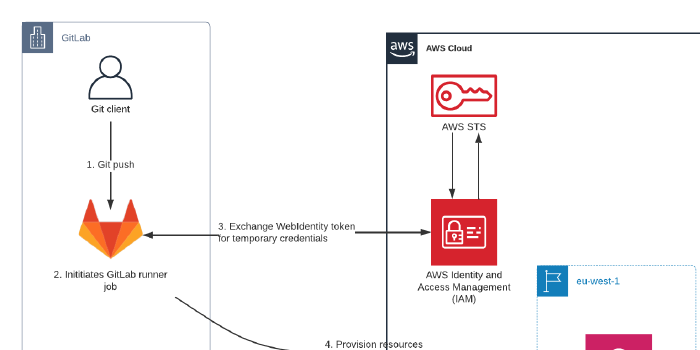How Cloudar Drives Industry 4.0 Innovation
Introduction
The Fourth Industrial Revolution, or Industry 4.0, is transforming the way industries operate by integrating advanced technologies such as IoT, AI, and big data analytics. Companies need expert guidance to navigate this shift efficiently. Cloudar, an AWS Premier Consulting Partner, plays a crucial role in helping businesses leverage cloud technologies to build scalable, secure, and efficient Industry 4.0 applications.
Why Cloudar for Industry 4.0?
Cloudar specializes in AWS solutions tailored for Industry 4.0 needs, ensuring seamless cloud adoption and integration. With deep expertise and a customer-centric approach, with Cloudars 100% focus on AWS, Cloudar helps businesses harness the power of AWS to drive innovation and operational excellence.
Continue reading

